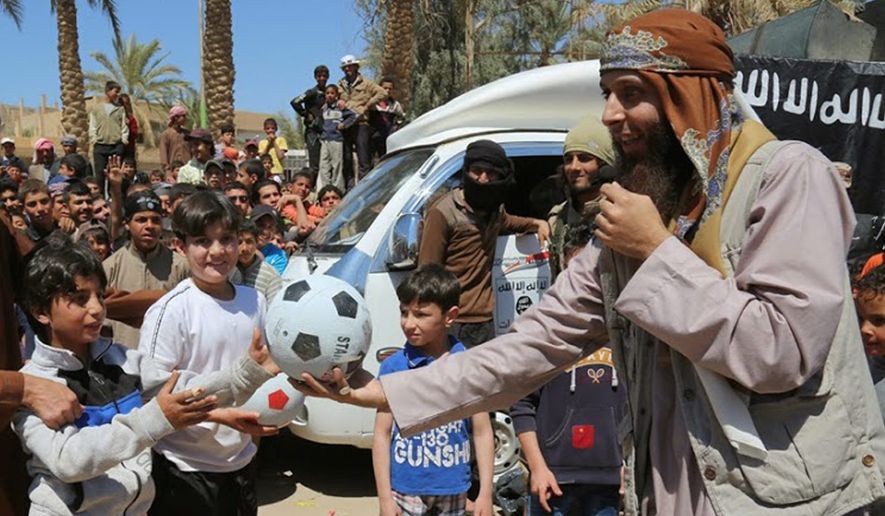Taliban leader Mullah Omar may be dead, but there’s another security threat emerging in Afghanistan, with a government watchdog reporting increased concern in the U.S. and in Kabul that the Islamic State is gaining a foothold there.
The Special Inspector General for Afghanistan Reconstruction noted in a report Thursday that Pentagon officials and even the Taliban are acknowledging the spread of the Islamic State into Afghanistan. In his quarterly report, Special Inspector General John Sopko said the Taliban addressed the Islamic State’s “growing prominence in Afghanistan” during informal talks in May with Afghan government officials in Qatar.
The Islamic State’s move “is emblematic of a larger problem in Afghanistan of fractured insurgencies and an influx of foreign fighters with disparate goals,” Mr. Sopko said.
“These numerous groups and fighters not only affect stability and security, but may also strain any future peace processes with the Taliban, as there is increasingly no single entity with which to negotiate,” Mr. Sopko wrote.
In February, Pentagon officials in characterized the Islamic State’s expansion into Afghanistan as “relatively small,” but said it is a concern as the U.S. continues to draw down its troops from the country.
U.S. officials said this week they are treating as “credible” reports that Mullah Omar, the Taliban’s leader, died more than two years ago in Pakistan. Mr. Sopko’s report noted several recent drone strikes that have killed Islamic State officials in Afghanistan. A NATO drone strike in Helmand province in February killed Adbul Rauf, a former Taliban member and released Guantanamo Bay detainee who had become an Islamic State leader and recruiter in Afghanistan.
More recently, the Afghan National Directorate of Security also announced the drone-strike killing of Mawlavi Shahidullah Shahid, an Islamic State commander, on July 7 along with two of his deputies and five others. Shahid was a former Pakistani Taliban spokesman who was sacked after claiming allegiance to the Islamic State and was the group’s second most senior commander in Afghanistan killed in a week.
Four days after Shahid’s death was announced, the NDS also disclosed the drone-strike killing of Hafez Saeed, who they described as the leader of the Islamic State in Afghanistan and Pakistan.
The report said that, halfway through the Afghan forces’ first fighting season without U.S. combat support, the Afghans “managed to hold all provincial capitals, but took increased casualties and found themselves stretched thin.”
“Meanwhile, the Taliban is increasingly fractured, with some commanders claiming allegiance to the Islamic State,” the report said.
• Dave Boyer can be reached at dboyer@washingtontimes.com.




Please read our comment policy before commenting.